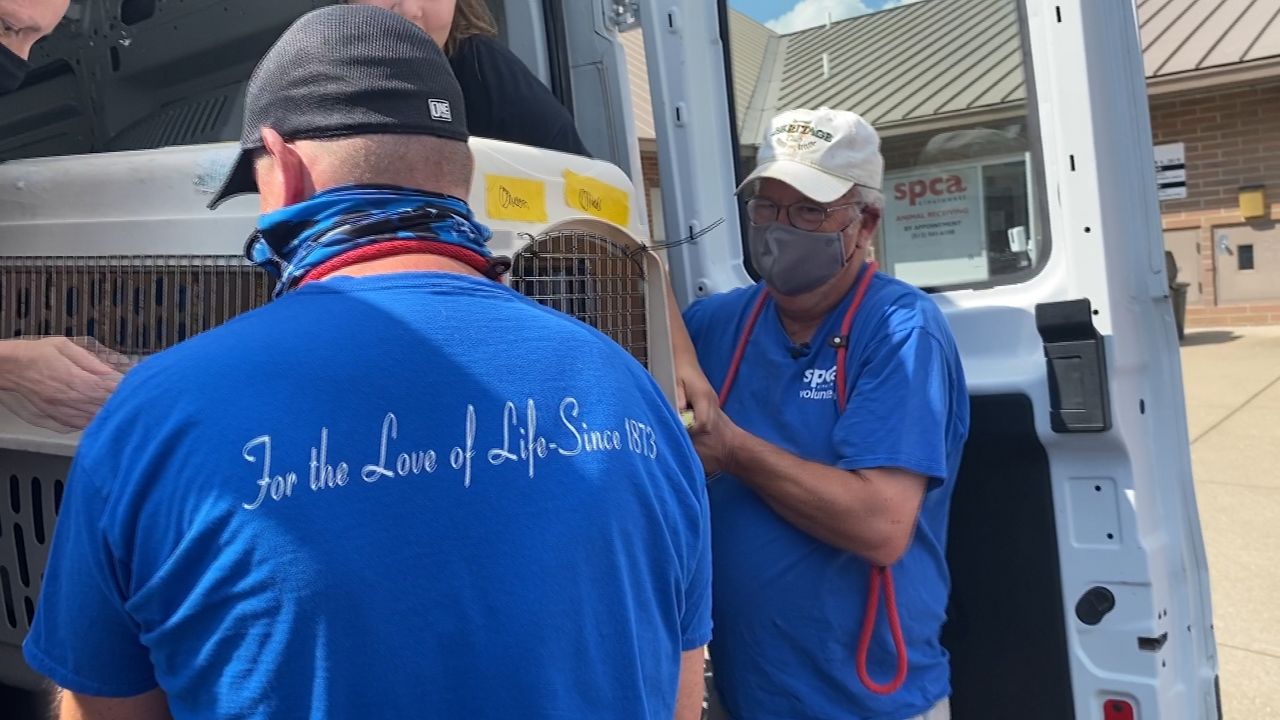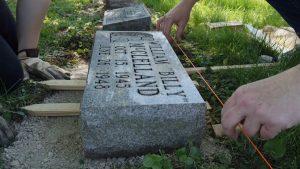At least 8 deaths in were reported in New York City and New Jersey as relentless rain from the remnants of Hurricane Ida sent the New York City area into a state of emergency early Thursday and the storm carried into New England with threats of more tornadoes.
Police in New York City reported seven deaths, including a 50-year-old man, a 48-year-old woman and a 2-year-old boy who were found unconscious and unresponsive late Wednesday inside a home. They were pronounced dead at the scene, police said. According to police, six of the victims were located in Queens, one in Brooklyn.
One death was reported in Passaic, New Jersey.
The rain was so intense that the National Weather Service issued a Flash Flood Emergency for the first time in New York City history. A Flash Flood Emergency is a more serious warning than even a Flash Flood Warning. When a Flash Flood Emergency is issued for an area, people are advised to immediately move to higher ground and to avoid walking or driving through floodwaters.
There are many reports of flooding in the city, and radar estimates show nearly 10 inches of rain fell in central Staten Island. Park Slope has also seen many flooding reports. A preliminary report from the National Weather Service found that 5.2 inches of rain fell in Central Park in a three-hour span at one point in the night, which would make this a once-in-500-years weather event.
New York’s FDR Drive, a major artery on the east side of Manhattan, and the Bronx River Parkway were beseiged by severe flooding late Wednesday evening. Subway stations and tracks became so flooded that the Metropolitan Transportation Authority suspended all service. Videos posted online showed subway riders standing on seats in cars filled with water.
“It’s going to take until later in the day to have truly operational subway service,” Janno Lieber, acting chair and CEO of the MTA, told Spectrum News.
Other videos showed vehicles submerged up to their windows on major roadways in and around the city and garbage bobbing down the streets.
“We’re enduring an historic weather event tonight with record breaking rain across the city, brutal flooding and dangerous conditions on our roads,” New York Mayor Bill de Blasio said while declaring a state of emergency in New York City late Wednesday.
Gov. Kathy Hochul also declared a state of emergency for several counties in New York, including the city and surrounding areas on Long Island and in Westchester.
New York City put in place a travel ban until 5 a.m. ET Thursday for all non-emergency vehicles, and a travel advisory was in effect after it expired. All non-emergency vehicles were advised to stay off of streets and highways.
The National Weather Service recorded 3.15 inches of rain in New York’s Central Park in one hour Wednesday night, far surpassing the 1.94 inches that fell in one hour during Tropical Storm Henri on the night of Aug. 21, which was believed at the time to be the most ever recorded in the park.
Earlier Wednesday, the storm blew through the mid-Atlantic states with at least two tornadoes, heavy winds and drenching rains that collapsed the roof of a U.S. Postal Service building in New Jersey and threatened to overrun a dam in Pennsylvania.
Social media posts showed homes reduced to rubble in a southern New Jersey county just outside Philadelphia, not far from where the National Weather Service confirmed a tornado Wednesday evening. Authorities did not have any immediate information on injuries.
The roof collapsed at the Postal Service building in Kearny, New Jersey, with people inside, police Sgt. Chris Levchak said. Rescue crews were on scene into the night, with no immediate word on the number of people or severity of injuries.
Gov. Phil Murphy declared a state of emergency in all of New Jersey’s 21 counties, urging people to stay off the flooded roads. Meteorologists warned that rivers likely won’t crest for a few more days, raising the possibility of more widespread flooding.
At least one death was reported in the state as floodwaters rushed through city streets, trapping motorists. Passaic Mayor Hector Lora said a 70-year-old man was swept away.
“His family was rescued, they were all in the same car. Unfortunately, the car was overtaken by the waters, and the firefighters who were being dragged down under the vehicle were unable to get him out,” Lora said. The mayor said there was an unconfirmed report of another death in the city.
All Amtrak service between Philadelphia and Boston with an initial departure before 9 a.m. ET Thursday was canceled. More than 61,000 homes and businesses in New Jersey were without electricity by 6 a.m.
Soaking rains prompted the evacuations of thousands of people after water reached dangerous levels at a dam near Johnstown, a Pennsylvania town nicknamed Flood City. An official said later Wednesday that the water levels near the dam were receding.
Utilities reported hundreds of thousands of customers without power in New Jersey and Pennsylvania.
In Rockville, Maryland, water had almost reached the ceilings of basement units Wednesday when crews arrived at an apartment complex. A 19-year-old was found dead, another person was missing and about 200 people from 60 apartments near Rock Creek were displaced, Montgomery County Fire Chief Scott Goldstein said Wednesday.
A tornado was believed to have touched down along the Chesapeake Bay in Maryland.
“In many years I have not seen circumstances like this,” Goldstein said.
The National Weather Service had predicted flooding from what remained of Hurricane Ida, saying steep terrain and even city streets were particularly vulnerable to a band of severe weather that extended to Massachusetts, where tornado warnings were issued early Thursday.
Tropical Storm Henri hit the region a little more than a week ago, causing flooding and leaving the region saturated and more vulnerable to this week’s torrents.
Tropical Storm Larry was strengthening and moving quickly westward after forming off the coast of Africa earlier Wednesday. Forecasters predicted it would rapidly intensify in a manner similar to Ida, becoming a major hurricane with top wind speeds of 120 mph by Saturday.




